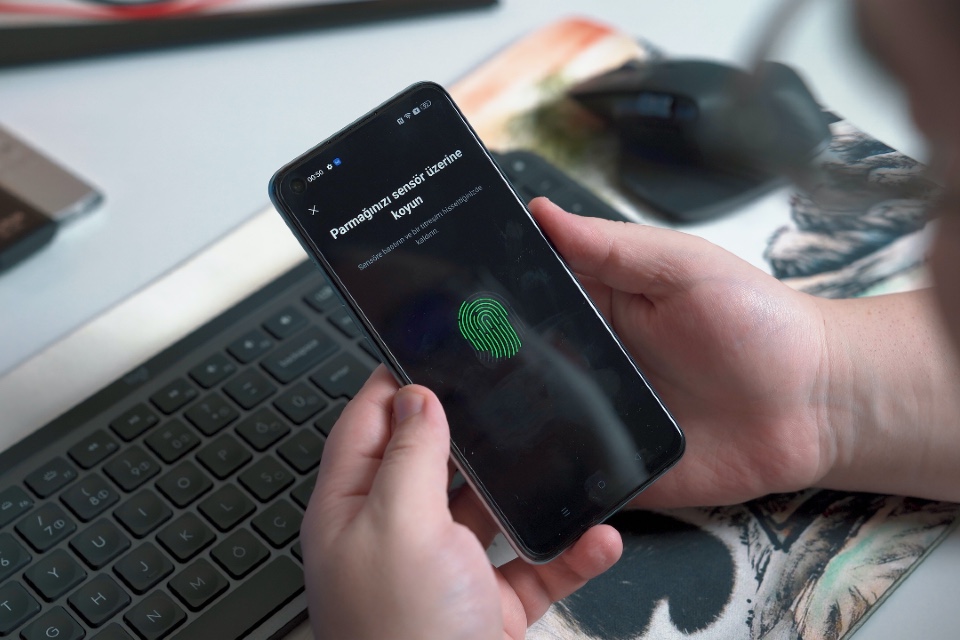Biometric technology, which measures and analyses human physical and behavioural characteristics for authentication purposes, has become a linchpin in the fight against fraud. Here, we’ll explore the multifaceted applications of biometrics in deterring fraudulent activities, its integration into security systems, and the benefits and challenges it presents…
Traditionally, security measures relied heavily on knowledge-based authentication methods, such as passwords, or token-based methods, like ID cards. However, these systems are vulnerable to various forms of fraud, including phishing, identity theft, and social engineering. Biometrics, by contrast, offers a more robust solution by providing a unique, immutable identifier – the human body itself.
One of the most widespread uses of biometrics for fraud prevention is in the banking and financial sectors. Fingerprint and facial recognition technologies are increasingly integrated into ATMs and mobile banking applications to verify transactions and reduce the incidence of identity fraud. In 2016, HSBC rolled out a biometric banking system in the UK that allowed customers to use fingerprint and voice recognition for account access. This system ensures that only the authorized user can conduct financial operations, significantly lowering the risk of unauthorised access.
Moreover, in retail and e-commerce, biometrics is used to secure payment processes. Apple Pay and Samsung Pay use fingerprint and facial recognition to authenticate payments, making it more difficult for fraudsters to use stolen credit card information. The biometrics tied to these mobile payment systems add a layer of security that is particularly difficult to breach since it requires the physical presence of the individual.
Beyond financial transactions, biometrics is also increasingly crucial in border control and immigration. Airports around the world have started using biometric passports and eye scanning technology to confirm the identity of travelers. This not only speeds up the authentication process but also thwarts attempts to enter a country on fraudulent documents.
Biometric technology also plays a significant role in cybersecurity. By integrating biometric logins into their systems, companies make unauthorized access more challenging. For example, multi-factor authentication systems that include biometrics add an extra security layer that a password alone cannot provide.
Despite its advantages, biometric technology is not without challenges. Concerns regarding privacy and data protection are paramount, as biometric data, if compromised, cannot be replaced like a password. Furthermore, there is a continuous technological arms race between security experts developing more advanced biometric systems and fraudsters finding new ways to spoof these biometric markers.
The use of biometrics in combating fraud has shown considerable promise across various sectors. Its ability to provide secure, user-specific authentication serves as a strong deterrent against fraudulent activities. However, the adoption of biometric technology must be balanced with strict privacy controls and continuous technological advancements to stay ahead of fraudulent schemes. As biometric systems become more sophisticated and widespread, they are set to become a cornerstone in the ongoing battle against fraud.
Are you researching Biometric fraud protection solutions for your organisation? The Merchant Fraud Summit can help!
Photo by Onur Binay on Unsplash


